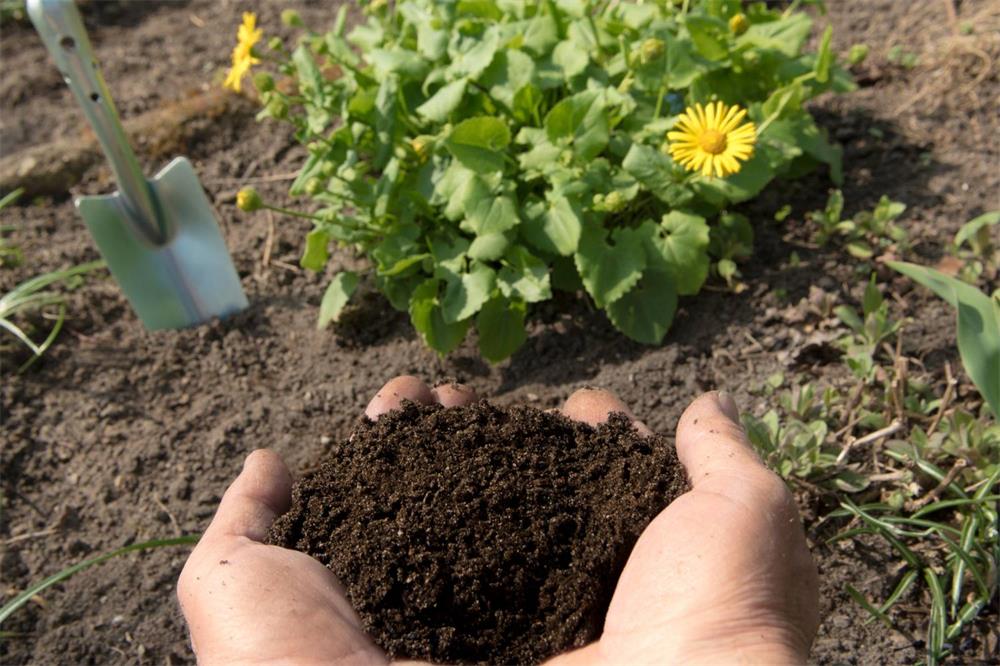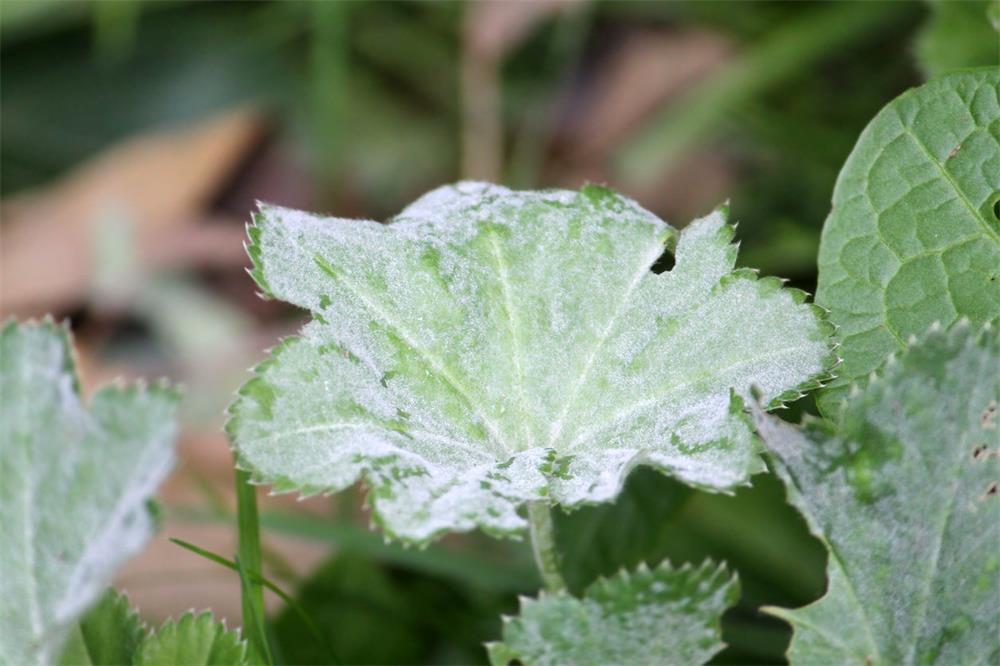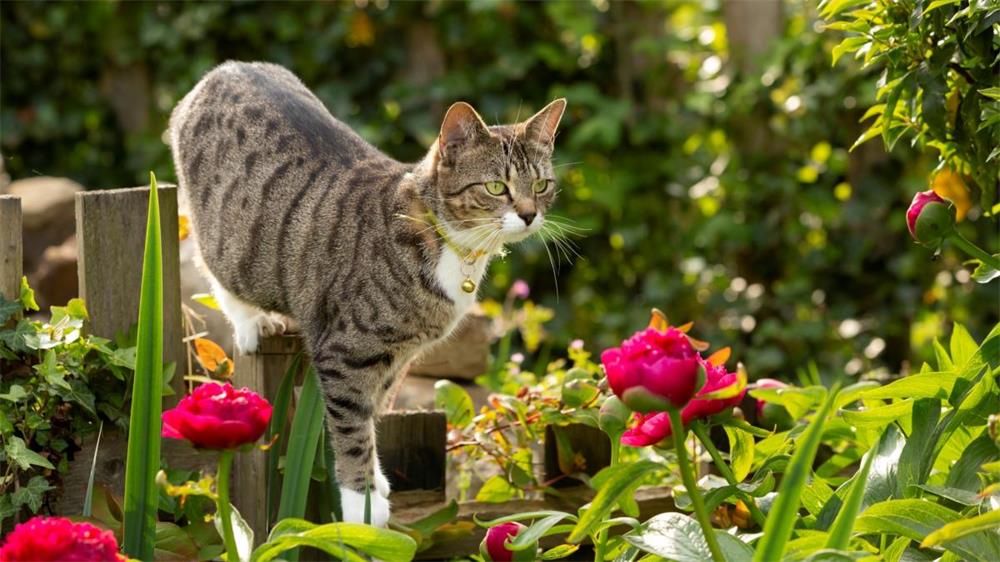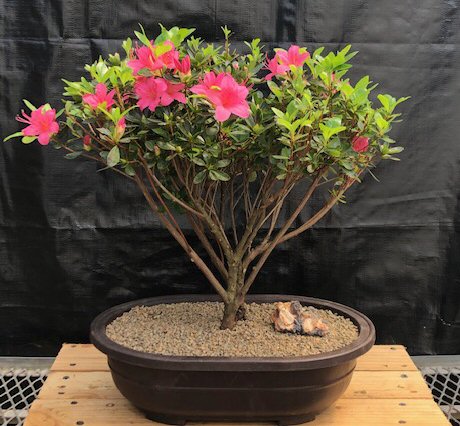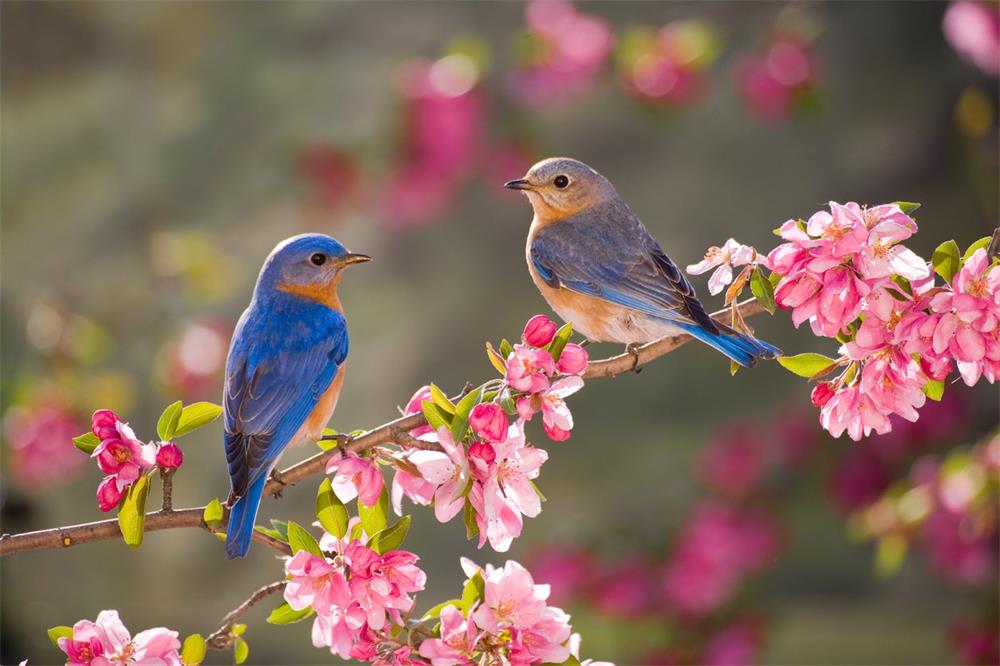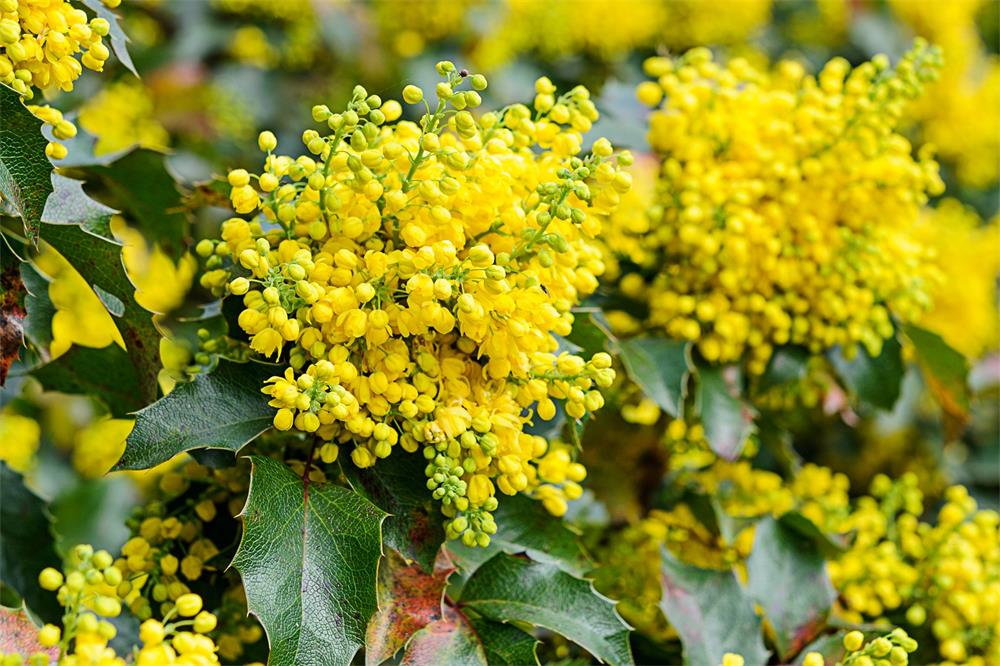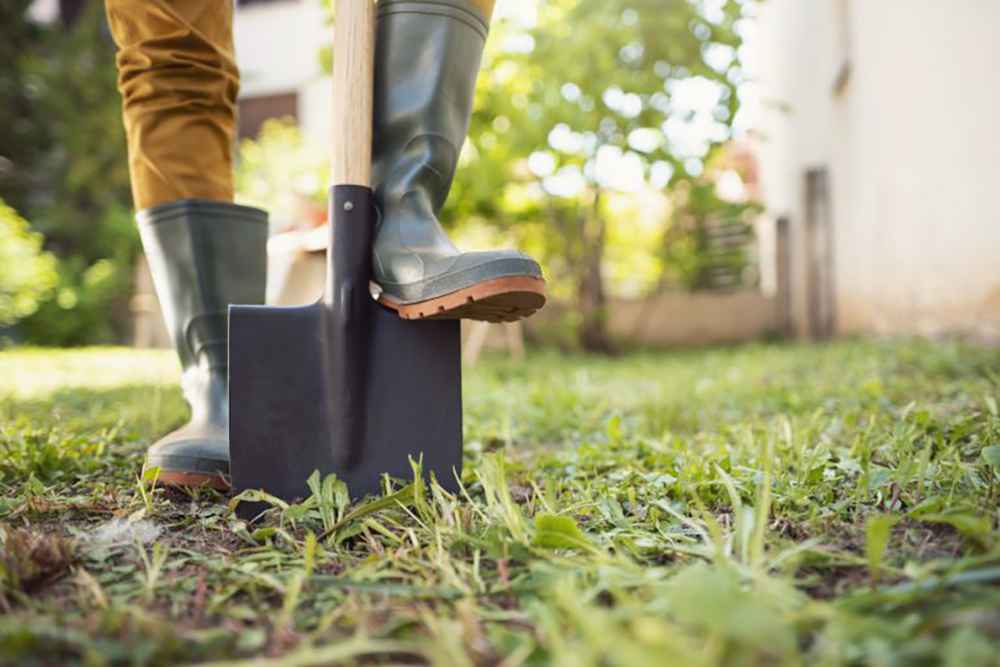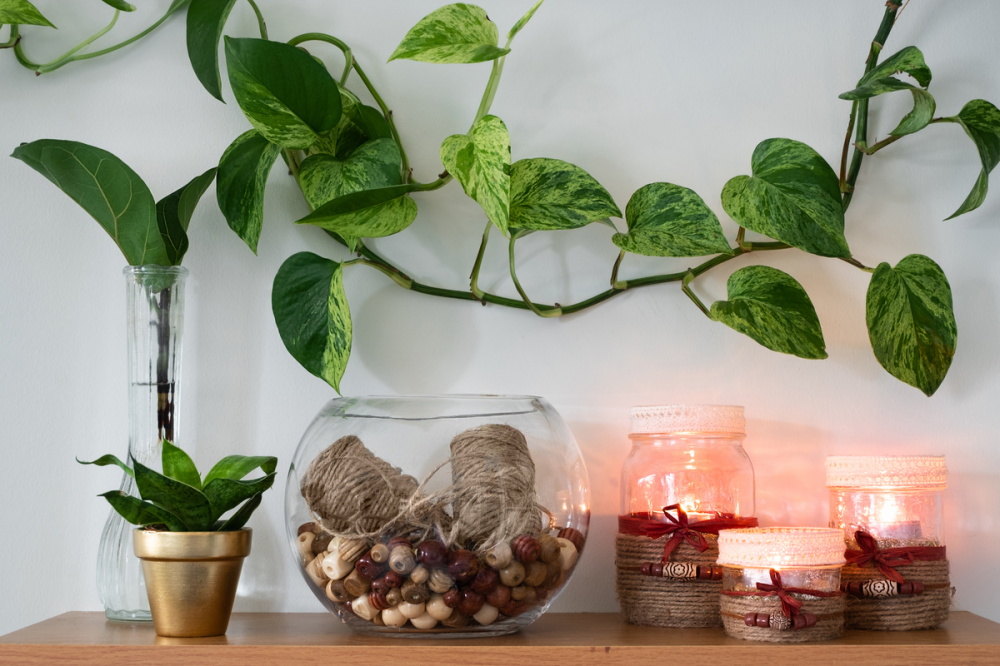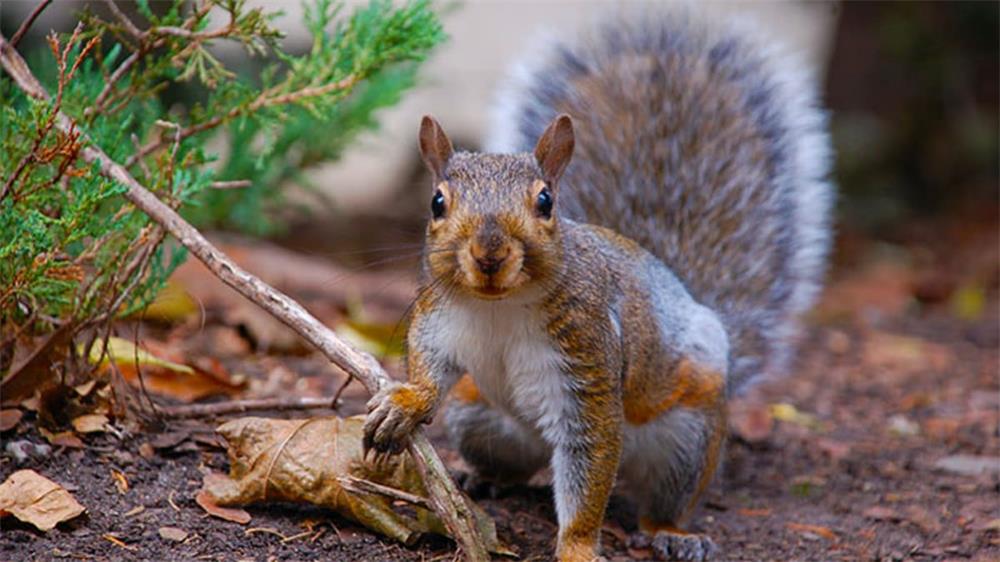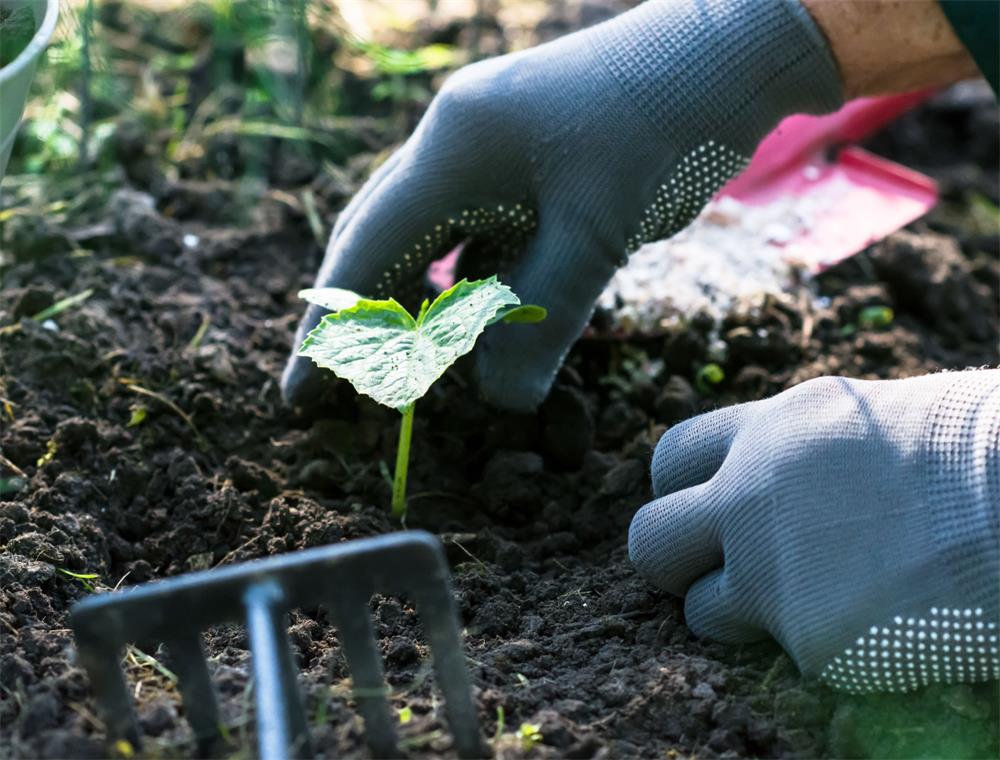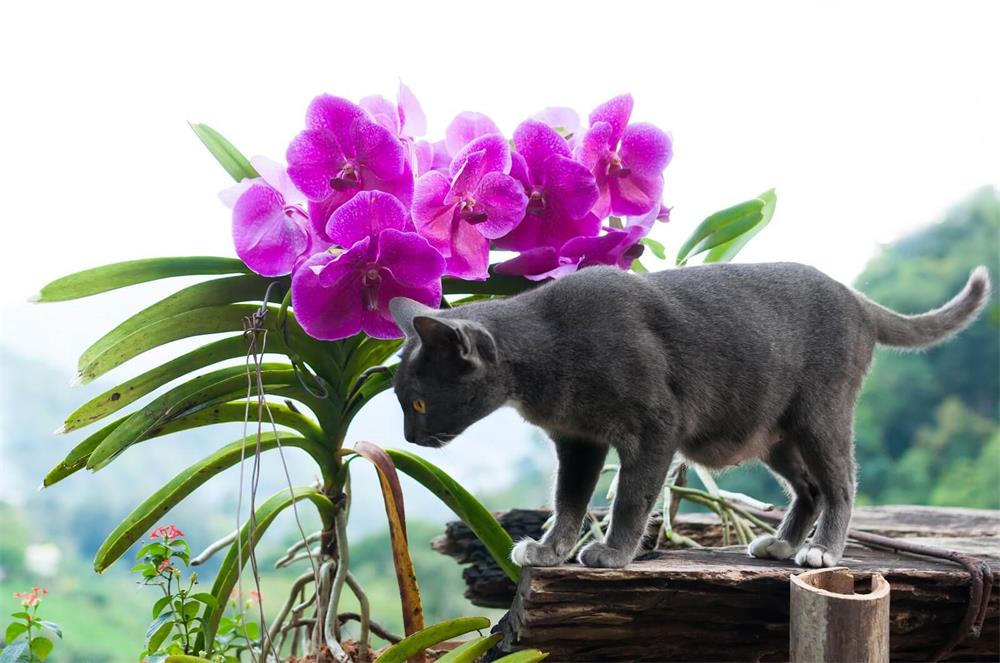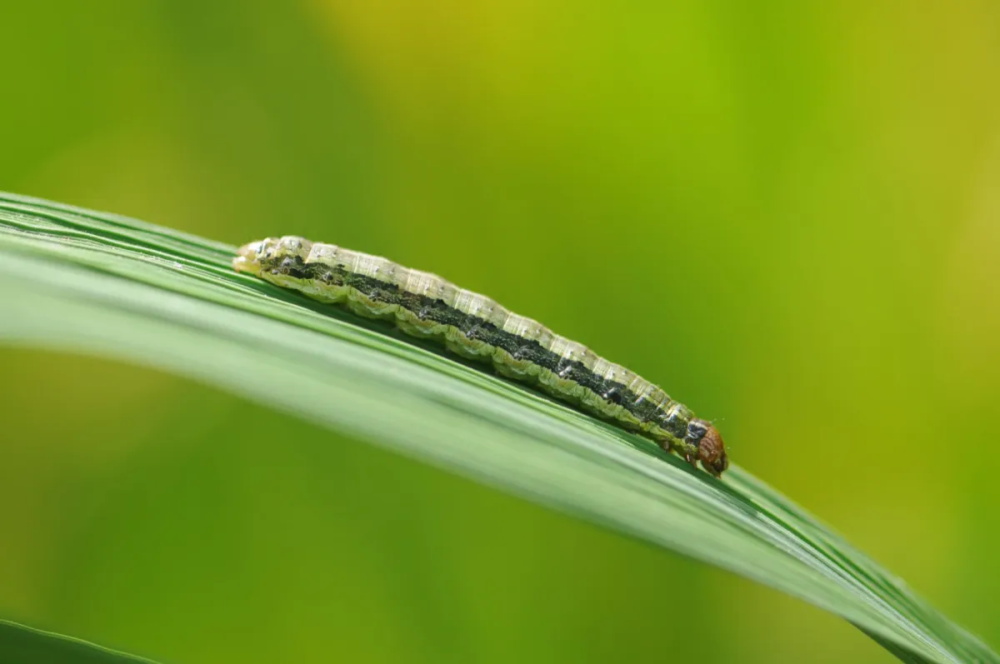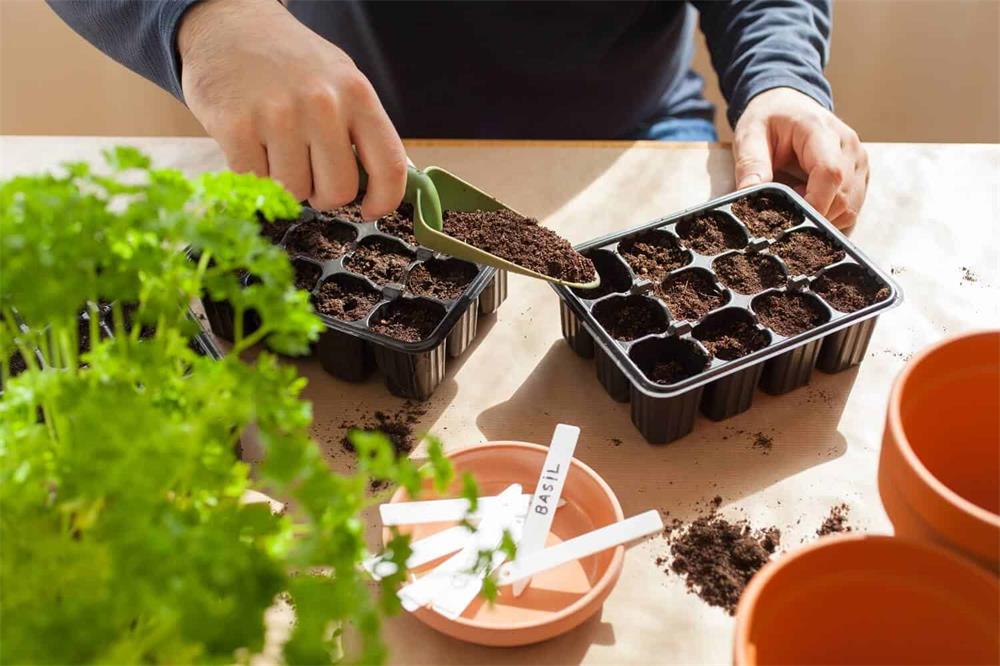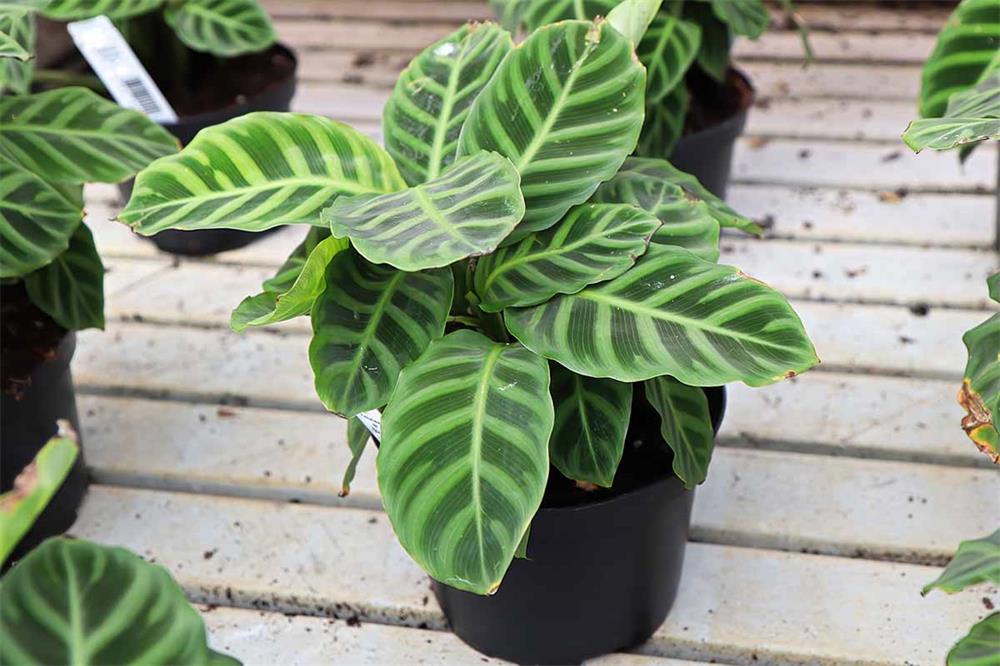
Table of Contents
Calathea zebrina is a stunning houseplant that is also known as the zebra plant because of its striking foliage pattern. It has large, oval, dark green leaves that are marked with bright green stripes, resembling the stripes on a zebra. The undersides of the leaves are purple, adding more contrast and color to the plant.
Calathea zebrina belongs to the marantaceae family, which includes many other popular houseplants such as the prayer plant and the rattlesnake plant. Like these plants, calathea zebrina has the ability to raise or fold its leaves at night, giving it a dynamic appearance.
Calathea zebrina is native to southeastern Brazil, where it grows in the shade of tropical forests. It prefers warm, humid, and bright conditions, but it can adapt to a range of environments. It can grow up to 3 feet tall and 2-3 feet wide, making it a statement plant for any indoor space.
In this article, we will cover everything you need to know about calathea zebrina care, including light, water, soil, temperature, humidity, fertilizer, pruning, propagation, potting, and common problems.
Light
Calathea zebrina needs bright, indirect light to thrive and maintain its vibrant foliage colors. It does not tolerate direct sunlight, as this can scorch and fade its leaves. It also does not do well in low light, as this can cause its leaves to lose their stripes and turn dull.
The best place for calathea zebrina indoors is near a window that receives filtered or dappled light, such as a north or east-facing window. You can also use artificial lights such as fluorescent or LED bulbs to supplement the natural light if needed.
Water
Calathea zebrina likes to be kept moist but not soggy. It does not like to dry out completely between waterings, as this can cause its leaves to curl and brown. However, it also does not like to sit in waterlogged soil, as this can lead to root rot and fungal infections.
The best way to water calathea zebrina is to check the soil regularly and water when the top one to two inches feel dry to the touch. Give the plant a thorough soaking until water drains out of the bottom of the pot, and then let it drain completely. Do not let the plant sit in a saucer of water for too long.
The frequency of watering will depend on the season, the size of the pot, the type of soil, and the humidity level. Generally, you will need to water more often in spring and summer when the plant is actively growing, and less often in winter when the plant is dormant.
Another important factor for watering calathea zebrina is the quality of water. This plant is sensitive to chemicals and minerals in tap water, which can cause leaf spots and edges. To avoid this problem, use filtered, distilled, or rainwater whenever possible. You can also let tap water sit overnight before using it to let some of the chlorine evaporate.
Soil
Calathea zebrina requires a rich and well-draining potting mix that can retain moisture but also allow excess water to drain away. A good mix for this plant is 2 parts peat moss or coco coir mixed with 1 part perlite or other inorganic amendments that improve aeration. You can also use a commercial potting mix designed for tropical plants or African violets.
The pH level of the soil should be slightly acidic to neutral (6.0-7.0). You can test the pH level with a kit or a meter and adjust it with lime or sulfur if needed.
Temperature
Calathea zebrina prefers warm temperatures between 65°F (18°C) and 75°F (24°C). It does not tolerate cold or frost and should be brought indoors if the temperature drops below 50°F (10°C). It also does not like sudden temperature changes or drafts that can stress or damage its leaves.
To keep your calathea zebrina happy indoors, avoid placing it near vents,
radiators, windows, or doors that may expose it to extreme temperatures or fluctuations. Keep it away from sources of heat or cold that may dry out or chill its foliage.
Humidity
Humidity is one of the most important factors for calathea zebrina care. This plant loves high humidity levels of at least 50% and ideally above 60%. High humidity helps keep its leaves hydrated and healthy and prevents them from curling or crisping.
To provide adequate humidity for your calathea zebrina, you have several options:
- Place the plant in a humid room such as a bathroom or a kitchen, where steam from showers or cooking can increase the moisture in the air.
- Group the plant with other tropical plants that can create a microclimate of humidity around them.
- Place the plant on a tray of pebbles filled with water, making sure the bottom of the pot does not touch the water. As the water evaporates, it will humidify the air around the plant.
- Mist the plant regularly with a spray bottle of filtered or distilled water, avoiding direct sunlight or hot temperatures that may cause leaf burn.
- Use a humidifier or a vaporizer near the plant to add moisture to the air.
Fertilizer
Calathea zebrina does not need much fertilizer to grow well. You can use a balanced, half-strength liquid fertilizer during the growing season (spring and summer) once every two weeks or once a month. Alternatively, you can use a slow-release granular fertilizer at the beginning of the season and reapply every three months.
Do not fertilize in winter when the plant is dormant. Do not overfertilize or use a fertilizer that is too strong, as this can cause leaf burn or damage the roots.
Pruning
Calathea zebrina does not require much pruning, except for removing any dead or damaged leaves as they appear. You can use scissors or your fingers to snip off the leaves at the base of the stem. This will keep your plant looking neat and healthy and prevent any diseases from spreading.
You can also prune your calathea zebrina to control its size and shape if it becomes too leggy or unruly. You can cut back any stems that are too long or out of place, leaving at least one pair of leaves on each stem. You can also propagate the cuttings and plant them back into the same pot or a new one for a fuller look.
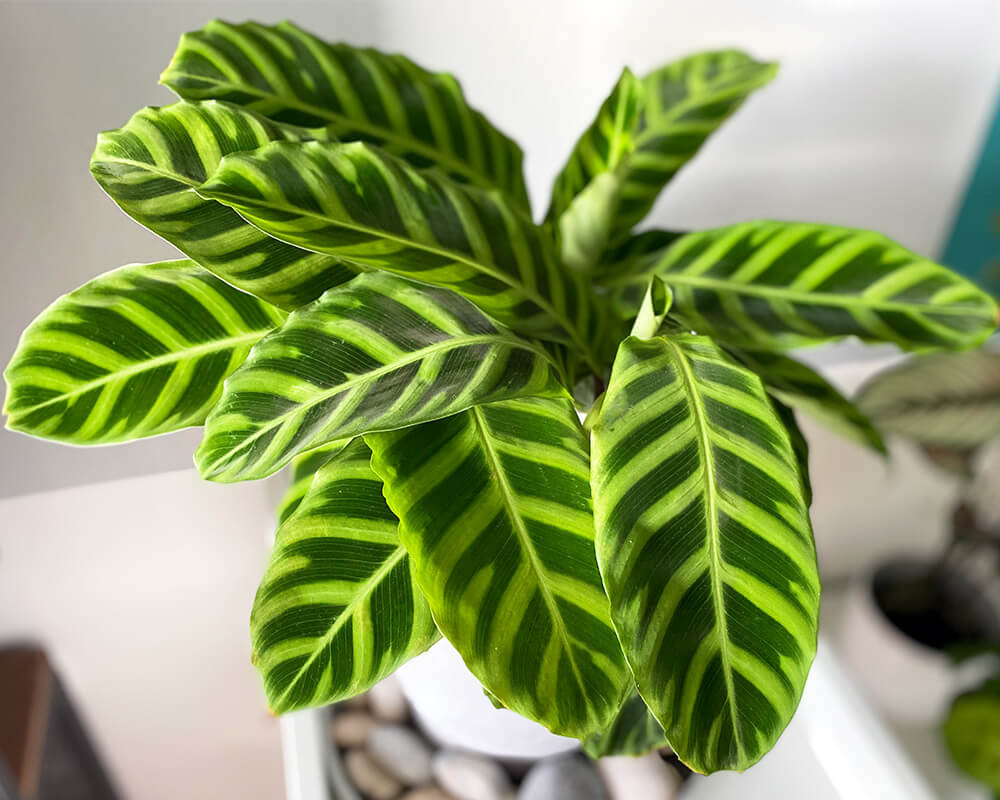
Propagation
Calathea zebrina is easy to propagate by division or stem cuttings. Here are the steps for each method:
Division
- Gently remove the mother plant from its pot and shake off the excess soil.
- Carefully separate the root ball into two or more sections, each with some stems and leaves attached.
- Repot each section into a new pot with fresh potting mix.
- Water well and place in a bright location out of direct sun.
Stem Cuttings
- Cut off a healthy stem with at least two pairs of leaves from the mother plant.
- Remove the lower pair of leaves and dip the cut end in rooting hormone (optional).
- Insert the stem into moist potting mix or water.
- Keep the cutting in a warm and bright location out of direct sun.
- Mist or change the water regularly to keep it fresh.
- Wait for roots to develop in two to four weeks.
Potting
Calathea zebrina does not need to be repotted very often, as it likes to be slightly rootbound. You can repot it every two to three years or when you see roots coming out of the drainage holes. Choose a pot that is one size larger than the previous one and has good drainage. Use fresh potting mix and water well after repotting. You can also add some mulch or pebbles on top of the soil to retain moisture and prevent weeds.
Common Problems
Calathea zebrina is generally a healthy and resilient plant, but it may encounter some issues if not cared for properly. Here are some common problems and how to fix them:
- Leaf curl: This may be caused by low humidity, underwatering, overwatering, or temperature stress. Increase the humidity around the plant and check the soil moisture and adjust your watering schedule accordingly. Avoid exposing the plant to extreme temperatures or drafts.
- Leaf spots: This may be caused by fungal or bacterial infections due to poor air circulation, high humidity, or wet leaves. Prune off any affected leaves and dispose of them. Improve the air flow around the plant and avoid misting or watering the foliage. You can also apply a fungicide or bactericide if the problem persists.
- Leaf edges: This may be caused by low humidity, overfertilizing, or water quality. Increase the humidity around the plant and reduce the amount of fertilizer you use. Use filtered, distilled, or rainwater whenever possible.
- Pests: Calathea zebrina may be infested by some common houseplant pests, such as spider mites, mealybugs, or aphids. These pests can suck the sap from the leaves and cause them to wilt, yellow, or drop. To prevent them from infesting your plant, keep it clean and healthy, and inspect it regularly for any signs of damage or insects. If you find any pests, isolate the plant from other plants and treat it with a natural or chemical pesticide. You can also use sticky traps or neem oil to deter them.
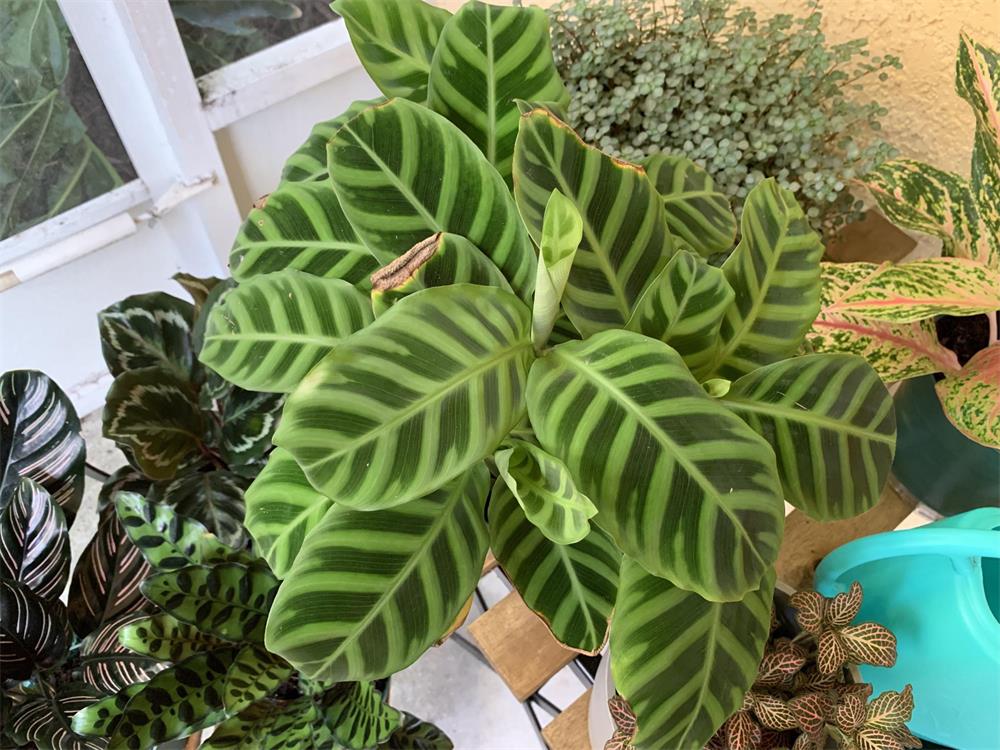
Frequently Asked Questions
Here are some frequently asked questions about calathea zebrina care:
Is calathea zebrina toxic to pets?
No, calathea zebrina is not toxic to pets. It is safe to grow around cats, dogs, and other animals.
How often does calathea zebrina bloom?
Calathea zebrina rarely blooms indoors, but it may produce small purple or white flowers in clusters in the spring or summer. The flowers are not very showy and may be hidden by the foliage.
How do I make my calathea zebrina more bushy?
You can make your calathea zebrina more bushy by pruning it regularly to encourage branching. You can also propagate it by division or stem cuttings and plant them back into the same pot for a fuller look.
Why are my calathea zebrina leaves turning yellow?
Yellow leaves on calathea zebrina may indicate nutrient deficiency, overwatering, underwatering, or old age. Check the soil moisture and fertilize your plant if needed. Remove any yellow or brown leaves as they appear.
Conclusion
Calathea zebrina is a beautiful houseplant that adds color and texture to any space. It is easy to grow and care for, as long as you provide it with bright light, moist soil, high humidity, and moderate temperatures. It is also easy to propagate and share with your friends. With proper calathea zebrina care, you can enjoy this plant for many years.



